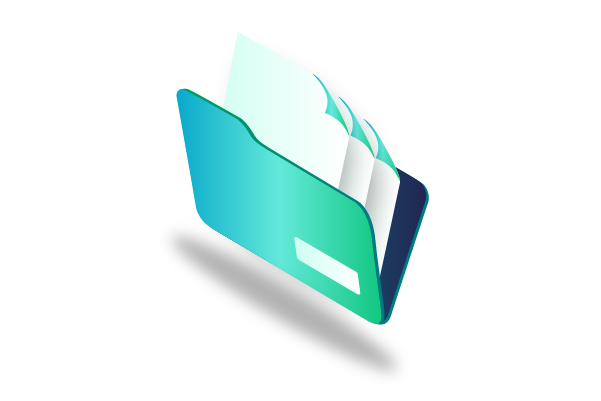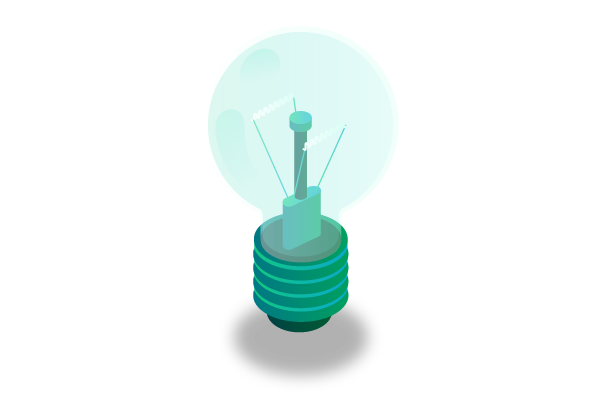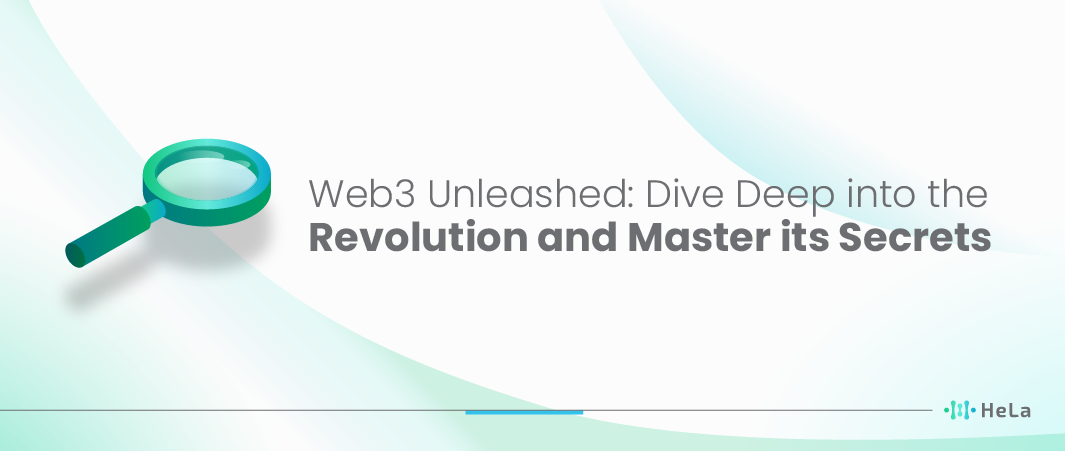The internet has come a long way since it first started with simple static web pages. Over the years, it has transformed into something much more interactive and dynamic. Now, we’re on the verge of another big change – the move towards what’s being called Web3. In simple terms, Web3 is the next phase of the internet, and it’s going to bring some exciting changes.
Web3 is all about making the internet more decentralized and user-centric. Instead of relying on big companies to control our online experiences, it aims to give more power to individuals. Imagine a digital world where you have more control over your data and can directly interact with websites and services without intermediaries. It’s a promising idea that could reshape how we use the internet in the future. So, keep an eye out for Web3 because it might just be the next big thing in our digital world.
What is Web3?

Web3, often called Web 3.0, is like the next-gen internet we’ve all been waiting for. Imagine a web where power isn’t just in the hands of big tech companies but spread out among users. It’s all about making the internet smarter and more personalized. Unlike the previous versions of the web, Web3 focuses on apps that don’t rely on a single central authority, using things like blockchain technology (the same tech behind cryptocurrencies) and artificial intelligence to create a web that can adapt and respond better to what you need.
Think of it as a web that’s not just about connecting websites but connecting people and services directly, cutting out the middlemen. It’s a vision where you have more control over your data and the things you do online. So, Web3 is all about a more democratic and user-friendly internet, where you’re in the driver’s seat.
Also Read: Top 14 Ethereum Competitors and Alternatives in 2023
The Progressive Evolution of the Web
The internet has really transformed over the years. Remember the old days of Web 1.0, where you could mostly just read stuff online? Well, now we’ve got Web 2.0, where we can interact, post, and comment on websites. But guess what? There’s something new on the horizon called Web3. It’s like the next big thing! Instead of being controlled by a few big companies, Web3 wants to be more like a big, decentralized community. It’s also trying to get smarter, so it can understand what we’re saying better. All this is happening because of some super smart people like Tim Berners-Lee, who helped create the internet, and some new techie stuff like blockchain and cryptocurrency. So, get ready for the next internet adventure!
Okay, let’s break it down a bit. Web 1.0 was like reading a book online. You just consumed information. Then came Web 2.0, which was like joining a conversation. You could post things, chat with friends, and share your thoughts. But now, Web3 is knocking on the door, and it’s trying to be more like a digital neighborhood. It wants to give more power to everyday folks like you and me, instead of big companies. Plus, it’s learning to understand what we mean when we talk to it, making the internet even more useful. All of this change is thanks to people who’ve been working on the internet for a long time, like Tim Berners-Lee, the guy who helped make the internet happen, and some cool new technology like blockchain and cryptocurrency. So, get ready for a new and improved internet experience!
Why is Web3 Important?

Web3 represents a fundamental shift in how the internet operates. Unlike Web 2.0, where big tech companies centralized and controlled our data, Web3 strives to decentralize it, putting individuals back in the driver’s seat. This shift in power dynamics has the potential to disrupt the dominance of tech giants and usher in a new era of online experiences that are more transparent and user-focused.
In Web3:
- Individuals gain more control over their personal information.
- Data is distributed across a network of computers, making it harder for any single entity to control or exploit.
- Blockchain technology plays a crucial role, ensuring transparency and security in transactions and interactions.
- New decentralized applications (dApps) are emerging, offering services without the need for middlemen.
- The focus is on user sovereignty and empowering people to have a say in how their data is used.
- It’s a paradigm shift towards a more democratic and inclusive digital world.
This evolution towards Web3 not only promises to reshape the internet but also challenges the status quo, aiming for a future where users are partners rather than products of the online ecosystem.
Challenges and Potential of Web3

Web3, the next phase of the internet, brings along a set of exciting benefits but also a fair share of challenges. Its core principle of decentralization, where power and control are distributed across the network, introduces complexity. This means that managing and governing these decentralized systems can be quite intricate. Additionally, security concerns loom large, as safeguarding digital assets and personal information becomes a paramount concern. Moreover, navigating the regulatory landscape poses a challenge because the rules governing these emerging technologies are still evolving.
Also Read: Layer 1 vs Layer 2 : A Comprehensive Guide
On the flip side, Web3 holds immense promise. It offers the potential to enhance privacy by putting users in control of their data and interactions. Transparency is another key benefit, as transactions on decentralized networks are publicly recorded, making fraud and corruption more difficult. Furthermore, personalization reaches new heights, with services and content tailored precisely to individual preferences. In essence, while Web3 is not without its hurdles, its ability to revolutionize privacy, transparency, and personalization make it a compelling frontier for the future of the internet.
Challenges of Web3
- Decentralization introduces complexity in network management and governance.
- Security concerns arise due to the need to protect digital assets and personal information.
- Navigating evolving regulatory landscapes can be challenging.
Advantages of Web3
- Enhanced privacy empowers users to have more control over their data and interactions.
- Transparency is improved through public, tamper-resistant transaction records.
- Personalization reaches new levels, tailoring services and content to individual preferences.
Conclusion
Web3 embodies a vision of the internet that’s more democratic, intelligent, and centered around users. It’s like a glimpse into the future of the online world. Although we might not have the complete Web3 experience just yet, its basic ideas are already shaping how we navigate the digital realm today. As we step into this exciting new era, it’s important to grasp both its potential benefits and the hurdles it presents. This way, we can make sure the digital future is brighter and more inclusive for everyone.
Think of Web3 as a path to a fairer internet, where users have more control and their data is better protected. It’s all about creating a digital space that’s not dominated by a few big players but open to innovation and collaboration. However, getting there won’t be without its challenges, from addressing privacy concerns to ensuring security and trust in new technologies. By acknowledging these opportunities and challenges, we can work towards a digital world that truly serves the interests of all of us.
Disclaimer: The information provided by HeLa Labs in this article is intended for general informational purposes and does not reflect the company’s opinion. It is not intended as investment advice or recommendations. Readers are strongly advised to conduct their own thorough research and consult with a qualified financial advisor before making any financial decisions.

Joshua Soriano
I am Joshua Soriano, a passionate writer and devoted layer 1 and crypto enthusiast. Armed with a profound grasp of cryptocurrencies, blockchain technology, and layer 1 solutions, I've carved a niche for myself in the crypto community.
- Joshua Soriano#molongui-disabled-link
- Joshua Soriano#molongui-disabled-link
- Joshua Soriano#molongui-disabled-link
- Joshua Soriano#molongui-disabled-link

